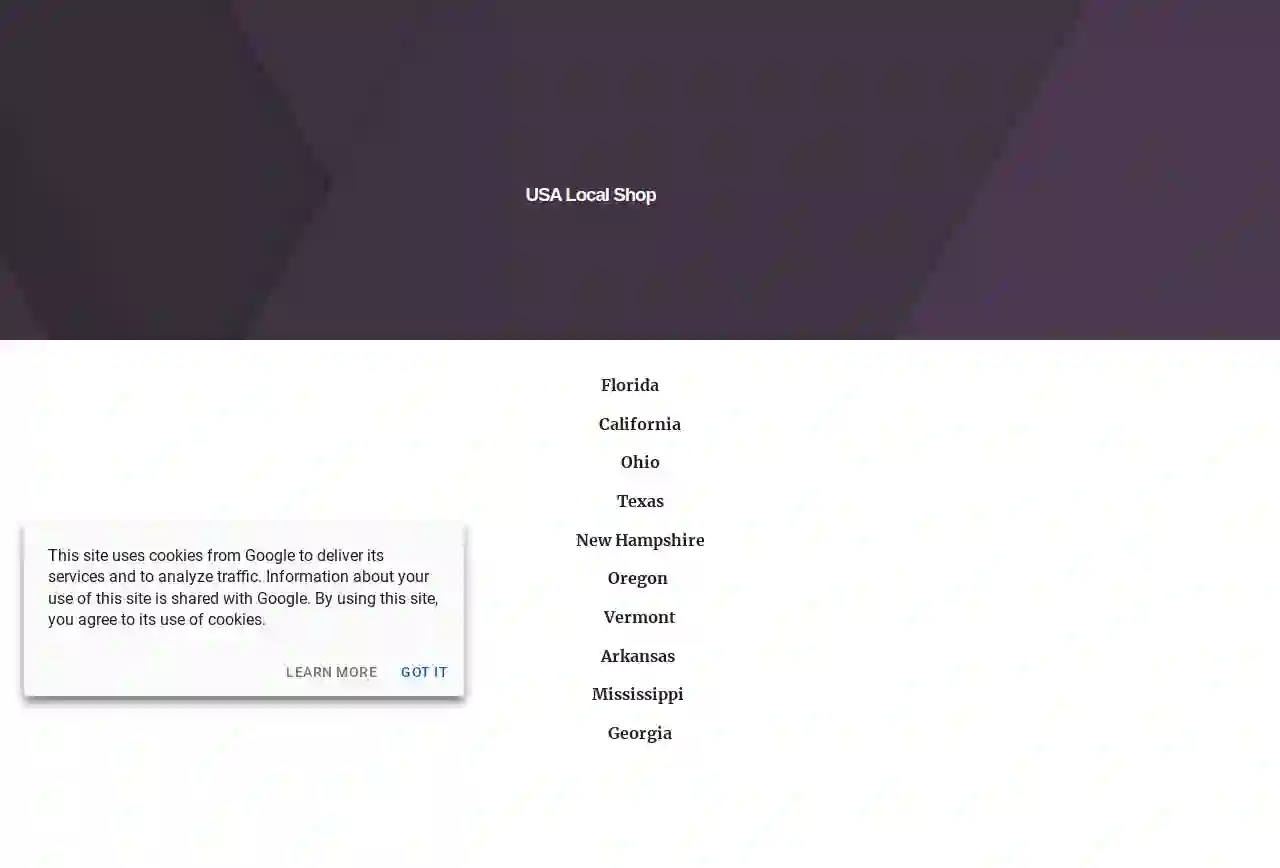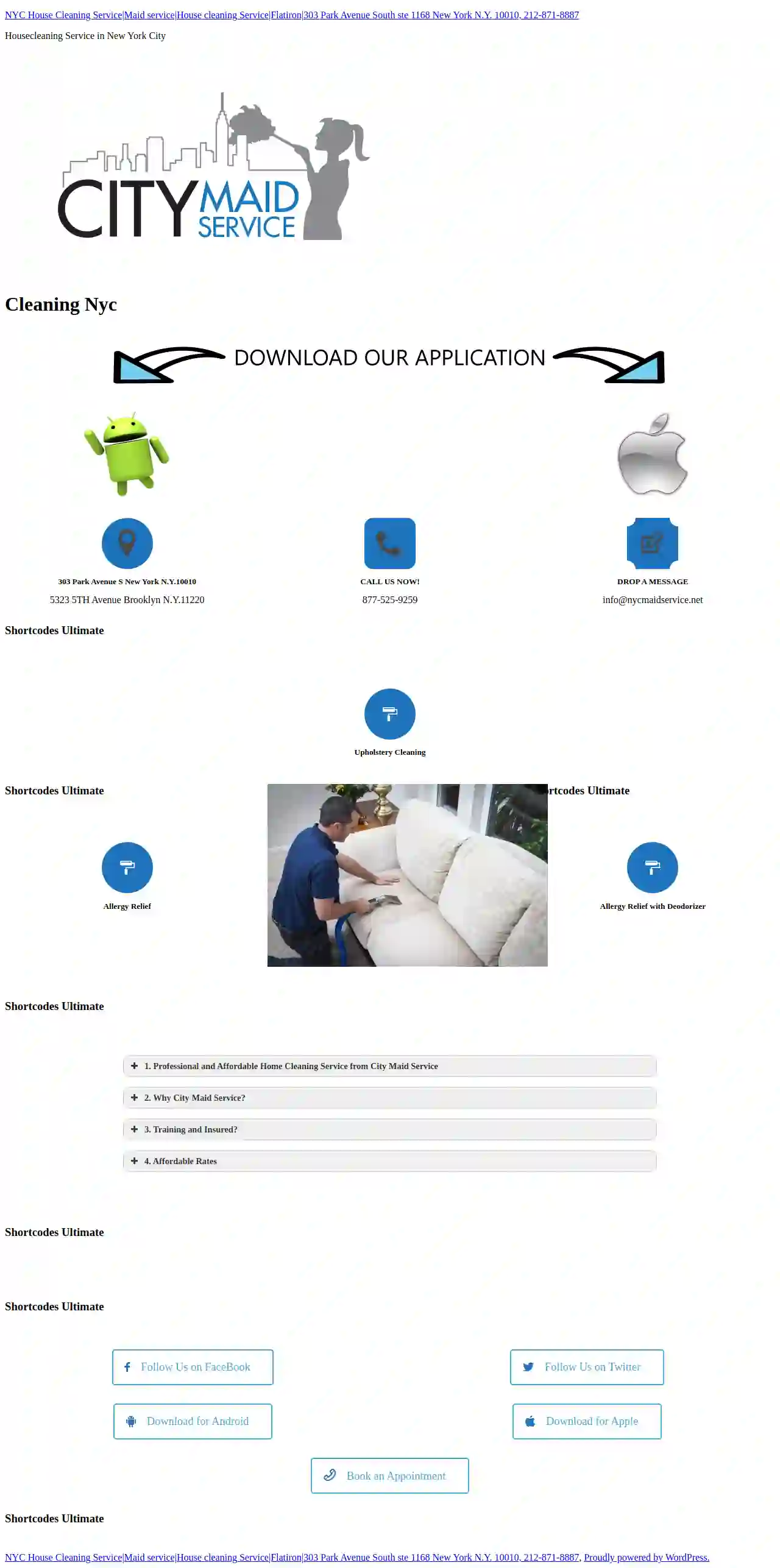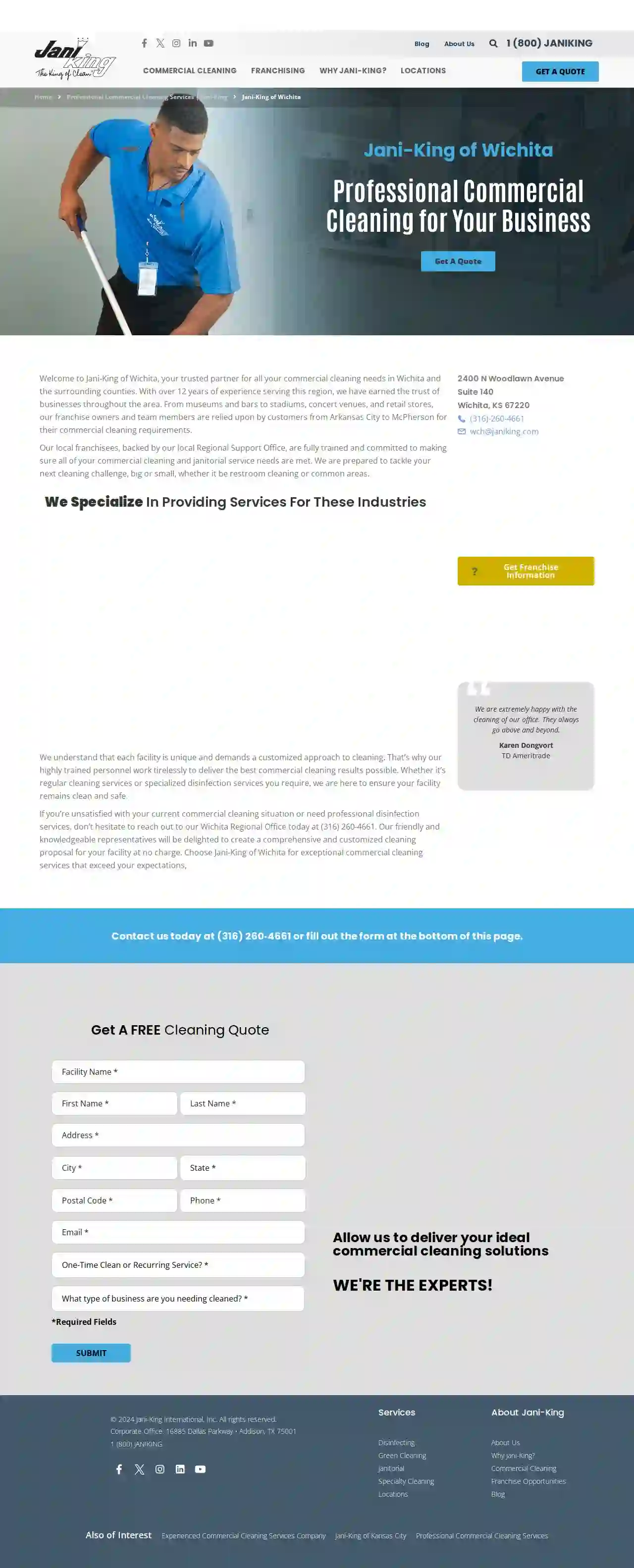Cleaning Services Leawood
Find the best Apartment Cleaning in Leawood
Receive 3 FREE Professional Cleaners quotes for your project today! Compare profiles, reviews, accreditations, portfolio, etc... and choose the best deal.

Majik Cleaning Services, Inc.
4.928 reviewsManhattan, US- Services
- Why Us?
- Gallery
Get Quote
Alpha Cleaning Solutions
4.86 reviewsKansas City, US- Services
- Why Us?
Get Quote
Professional Cleaning Supply Wichita, KS
515 reviews123 Main St, Los Angeles, CA, 90001, USShop at PCS is a leading provider of cleaning supplies, offering a wide range of products for auto detail, carpet cleaning, restoration, and janitorial services. With a strong commitment to quality and customer satisfaction, the company has built a reputation for excellence in the industry. Their team of experienced professionals is dedicated to providing top-notch service and support to ensure customer needs are met.
- Services
- Why Us?
- Accreditations
- Our Team
- Testimonials
- Gallery
Get Quote
Sterling Cleaning Services
54 reviewsNew York, NY, 303 5th Avenue, 10016, USSterling Cleaning Services is a family-owned company in New York that offers you the best commercial cleaning services. We bring to you a cooperative approach to provide exceptional cleaning service. Our highly skilled local cleaning experts use the latest cleaning methods and technologies to create spotless premises and boost productivity and safety. We believe in providing you with tailored solutions according to your business needs. Whether it is a large office building, medical facility, or restaurant, our team offers attention to detail and guarantees satisfaction. With our commitment to quality, we strive to achieve higher customer satisfaction and maintain a positive reputation.
- Services
- Why Us?
- Accreditations
- Our Team
- Testimonials
- Gallery
Get Quote
ServiceMaster by Best - Restore
4.624 reviewsWichita, US- Services
- Why Us?
- Gallery
Get Quote
City Maid Service Manhattan
3.812 reviewsManhattan, US- Services
- Why Us?
- Gallery
Get Quote
White Glove Cleaner
4.927 reviews19th Floor #216, 55 5th Ave, New York, 10003, USWhite Glove Cleaner is a Manhattan-based cleaning company that goes far beyond ordinary cleaners. We focus on you, the client, in detail and with utmost attention to your needs and preferences. We pride ourselves on our wide array of services and are proud to retain happy repeat customers for life. Our team is made of the most talented house cleaners who have each been individually vetted and background-checked, ensuring the safety of your family, your employees, and yourself. We provide our own cleaning products and tools to save you time and money compared to purchasing your own equipment. Additionally, if you’re concerned about allergies or sensitivities, we offer a special “green cleaning” service using effective cleaners that are safe around kids and pets.
- Services
- Why Us?
- Accreditations
- Our Team
- Testimonials
- Gallery
Get Quote
Jani-King Wichita
3.531 reviewsWichita, US- Services
- Why Us?
- Gallery
Get Quote
ICT Post Construction Cleaning LLC
511 reviewsWichita, US- Services
- Why Us?
- Gallery
Get Quote- Mi
Ming's Clean & Fresh
4.637 reviewsManhattan, US- Services
- Why Us?
Get Quote
Over 60,241+ Cleaning Businesses on our platform
Our cleaning pros operate in Leawood and surrounding areas!
CleaningMatch has curated and vetted Top Janitorial Services arround Leawood. Find a top & trustworthy business today.
Frequently Asked Questions About Cleaning Services
- Type of cleaning: Deep cleaning, regular cleaning, move-in/move-out cleaning, and specialized cleaning (e.g., carpet cleaning) have different price points.
- Size of the property: Larger properties typically require more time and resources, resulting in higher costs.
- Frequency of cleaning: Regular cleaning schedules often have discounted rates compared to one-time services.
- Location: Cleaning costs can differ based on regional labor costs and demand.
- Additional services: Extra tasks, such as window cleaning, laundry, or organization, will add to the overall price.
- Ventilation: Improve ventilation by opening windows, turning on the exhaust fan, and using a dehumidifier to reduce moisture levels.
- Bleach Solution: Mix one cup of bleach with one gallon of water. Wear gloves and eye protection when handling bleach. Apply the solution to the affected area, let it sit for 10-15 minutes, then scrub with a brush and rinse thoroughly.
- Vinegar Solution: For a milder alternative, mix equal parts water and vinegar. Apply to the moldy area, let it sit for an hour, then scrub and rinse.
- Baking Soda Paste: Make a paste of baking soda and water, apply to the moldy area, let it dry, then scrub and rinse. Baking soda helps remove stains and deodorize.
- Commercial Mold and Mildew Remover: Use a commercial mold and mildew remover according to the product instructions.
- White Vinegar: A versatile cleaner that cuts through grease, removes stains, and deodorizes. Mix equal parts water and vinegar for a general-purpose cleaner.
- Baking Soda: A natural abrasive and deodorizer. Sprinkle baking soda on surfaces, let it sit, then scrub and rinse.
- Lemon Juice: Acts as a natural bleaching agent and disinfectant. Mix lemon juice with water for a cleaning solution or use it directly on stains.
- Castile Soap: A gentle and biodegradable soap made from plant oils. Mix a few drops of castile soap with water for a versatile cleaning solution.
- Essential Oils: Add a few drops of essential oils like tea tree oil or lavender oil to cleaning solutions for a natural fragrance and antibacterial properties.
How much do cleaning services cost in the USA?
To get accurate pricing, request personalized quotes from reputable cleaning services on CleaningMatch. They will assess your specific needs and provide a tailored cost estimate.
Do I need to provide cleaning supplies for the cleaning service?
If you have specific preferences for cleaning products, such as eco-friendly or hypoallergenic options, communicate those to the cleaning service. They may accommodate your requests or allow you to provide your preferred supplies.
How do I remove mold and mildew from my bathroom?
Always test any cleaning solution on a small, inconspicuous area first. After cleaning, take steps to prevent future mold growth by addressing moisture issues, such as fixing leaks and improving ventilation.
What are some eco-friendly cleaning solutions?
Remember to test these solutions on a small, inconspicuous area first to ensure they don't damage delicate surfaces.
How much do cleaning services cost in the USA?
- Type of cleaning: Deep cleaning, regular cleaning, move-in/move-out cleaning, and specialized cleaning (e.g., carpet cleaning) have different price points.
- Size of the property: Larger properties typically require more time and resources, resulting in higher costs.
- Frequency of cleaning: Regular cleaning schedules often have discounted rates compared to one-time services.
- Location: Cleaning costs can differ based on regional labor costs and demand.
- Additional services: Extra tasks, such as window cleaning, laundry, or organization, will add to the overall price.
To get accurate pricing, request personalized quotes from reputable cleaning services on CleaningMatch. They will assess your specific needs and provide a tailored cost estimate.
Do I need to provide cleaning supplies for the cleaning service?
If you have specific preferences for cleaning products, such as eco-friendly or hypoallergenic options, communicate those to the cleaning service. They may accommodate your requests or allow you to provide your preferred supplies.
How do I remove mold and mildew from my bathroom?
- Ventilation: Improve ventilation by opening windows, turning on the exhaust fan, and using a dehumidifier to reduce moisture levels.
- Bleach Solution: Mix one cup of bleach with one gallon of water. Wear gloves and eye protection when handling bleach. Apply the solution to the affected area, let it sit for 10-15 minutes, then scrub with a brush and rinse thoroughly.
- Vinegar Solution: For a milder alternative, mix equal parts water and vinegar. Apply to the moldy area, let it sit for an hour, then scrub and rinse.
- Baking Soda Paste: Make a paste of baking soda and water, apply to the moldy area, let it dry, then scrub and rinse. Baking soda helps remove stains and deodorize.
- Commercial Mold and Mildew Remover: Use a commercial mold and mildew remover according to the product instructions.
Always test any cleaning solution on a small, inconspicuous area first. After cleaning, take steps to prevent future mold growth by addressing moisture issues, such as fixing leaks and improving ventilation.
What are some eco-friendly cleaning solutions?
- White Vinegar: A versatile cleaner that cuts through grease, removes stains, and deodorizes. Mix equal parts water and vinegar for a general-purpose cleaner.
- Baking Soda: A natural abrasive and deodorizer. Sprinkle baking soda on surfaces, let it sit, then scrub and rinse.
- Lemon Juice: Acts as a natural bleaching agent and disinfectant. Mix lemon juice with water for a cleaning solution or use it directly on stains.
- Castile Soap: A gentle and biodegradable soap made from plant oils. Mix a few drops of castile soap with water for a versatile cleaning solution.
- Essential Oils: Add a few drops of essential oils like tea tree oil or lavender oil to cleaning solutions for a natural fragrance and antibacterial properties.
Remember to test these solutions on a small, inconspicuous area first to ensure they don't damage delicate surfaces.